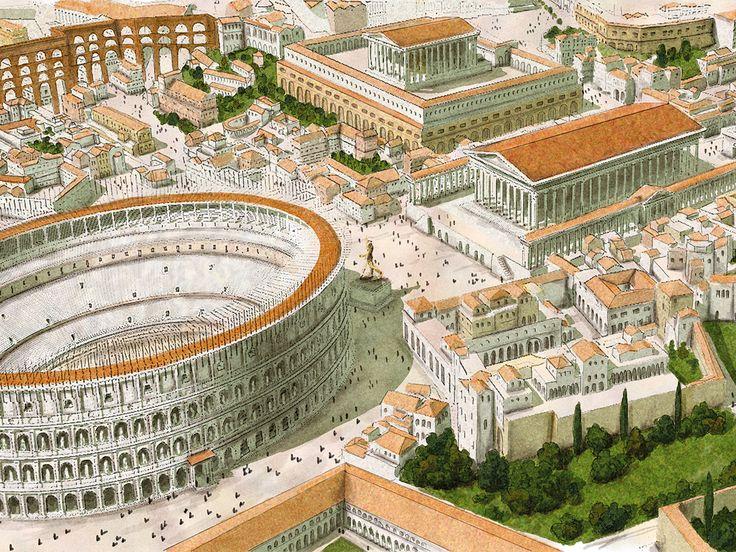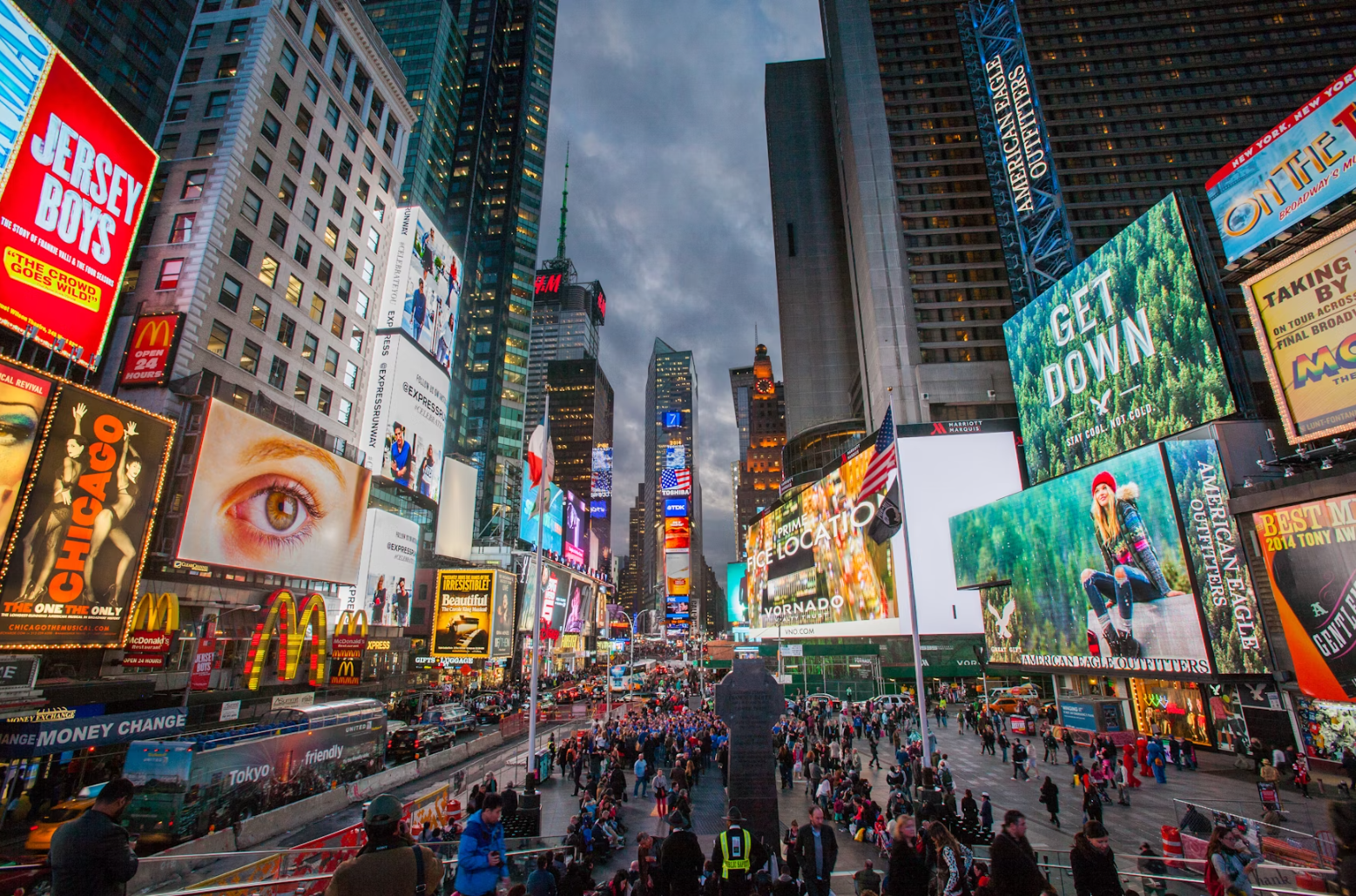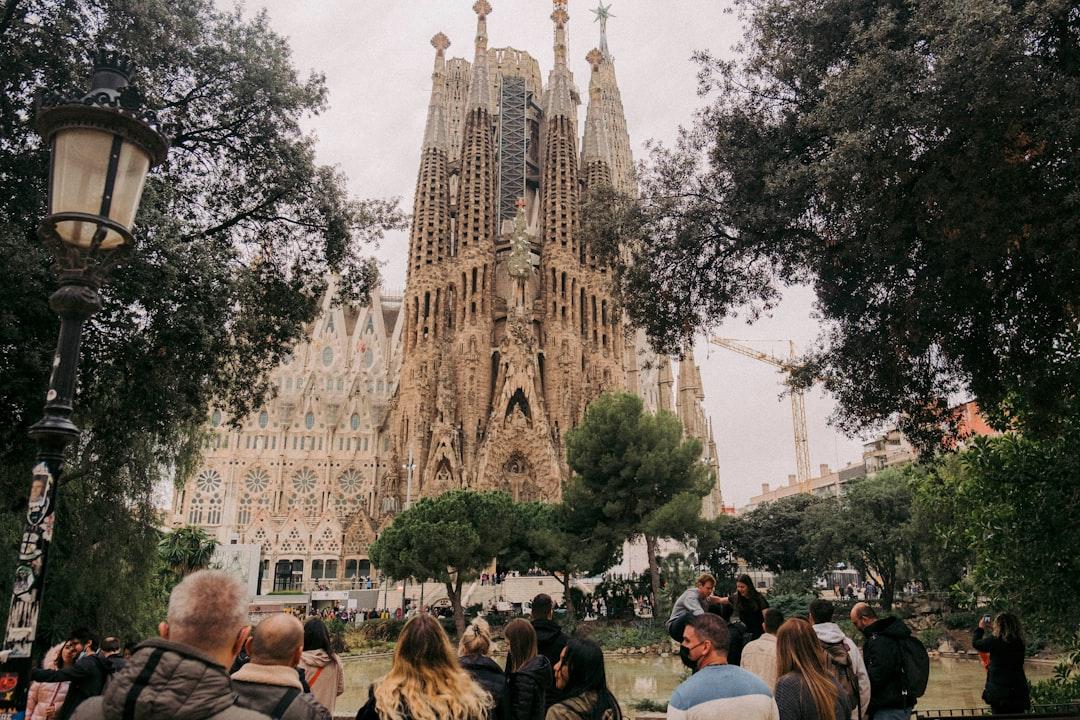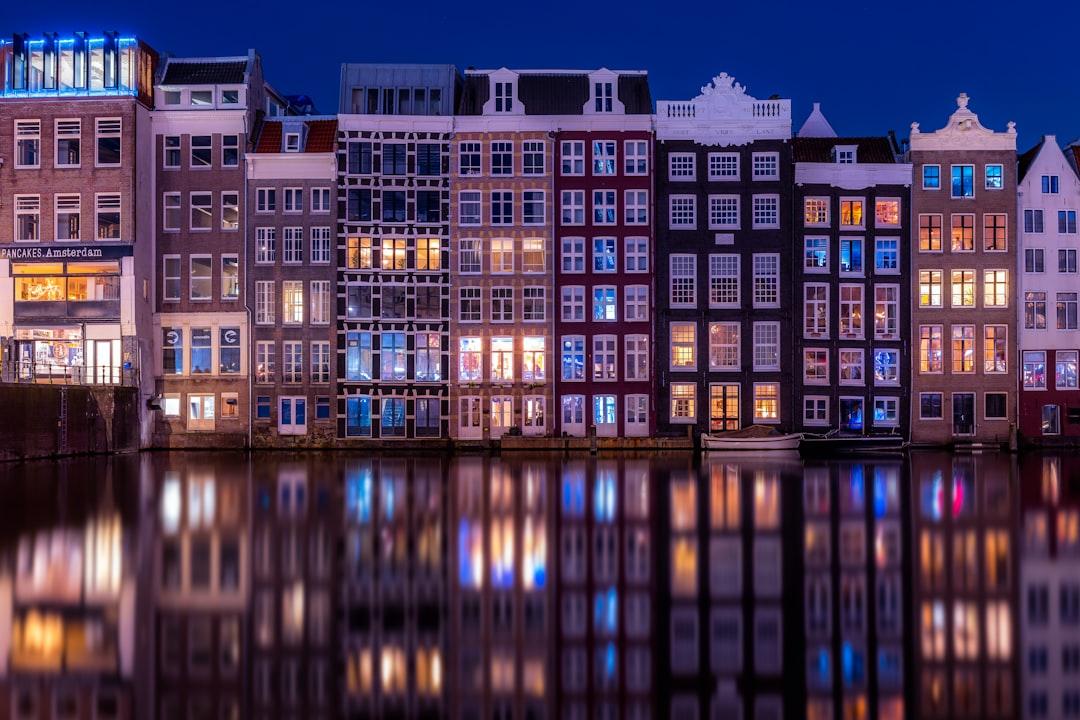
Cities - one of the most crucial things in everyone's lives, and they really shape how one spend their daily life. For example, depending on how city is designed people go to work either in traffic jam or by cycling. Cities also drive economical growth, in fact more than 80% of the world GDP is produced in cities. Cities are not just buildings and roads — they’re networks of people, ideas, and opportunities. The way a city is built decides who has access to education, jobs, and safety, and who is left out. Cities are the environment that we live in. What air we breath, what we see, and how we feel. To design, maintain, and adjust the cities is a work for urban planners. By 2050, 70% of the population of the world will live in cities, and every choice that urban planners make today will decide the quality of life for billions.

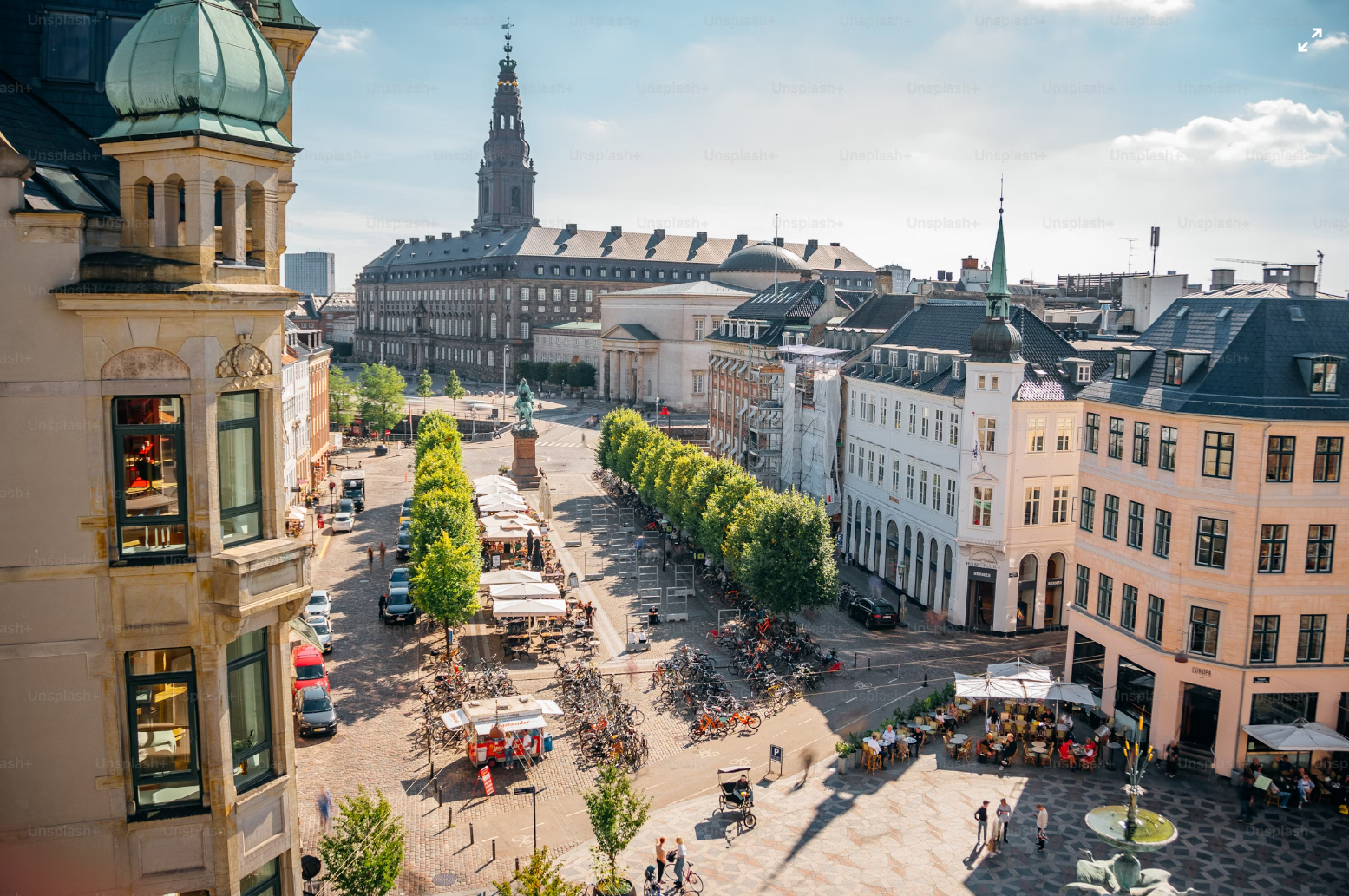
Ancient Greece, mother of democracy and where greatest philosophers were born, where people truly valued how their cities were designed and structured. Poleis(cities) like Athens and Sparta were among the earliest examples of planned urban development. Hippodamian Plan, attributed to the architect Hippodamus of Miletus, introduced a grid system that organized buildings and streets in a rectangular layout. A famous example of the Hippodamian Plan can be seen in the city of Priene. Another famous feature of the Greek cities was Agora - a public place which functioned as market places, but was not limited to that role because it also served as venue for political discussions and assemblies and for public gatherings and social interactions.
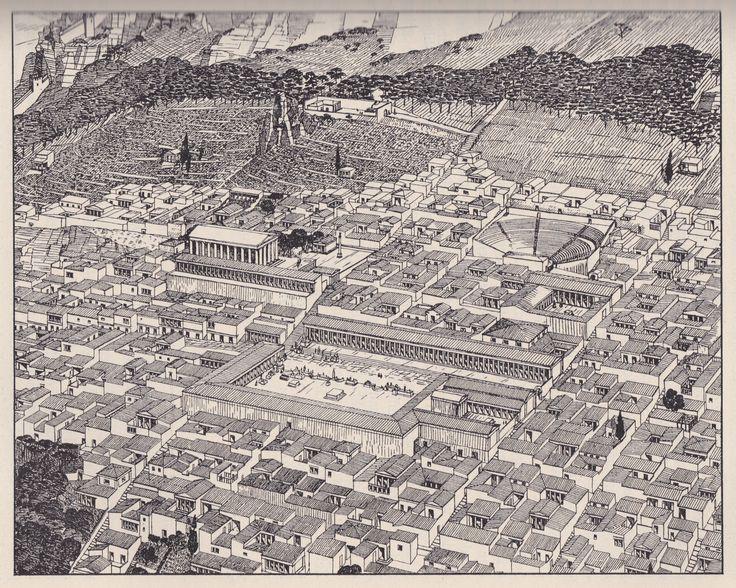
The Roman Empire was also well-known for orderly city planning. Romans further developed Greek's ideas, just like Agora romans had Forums which served as center of commerce and political life. Romans introduced something truly new; sidewalks, pathways for pedestrians(something that our cities need). Although Rome and Constantinople are chaotic in design, mostly because they developed organically over hundreds of years, new colonial cities were built with order and precision. Roman planners used the grid system where roads from east-west and north-south met at forums.
